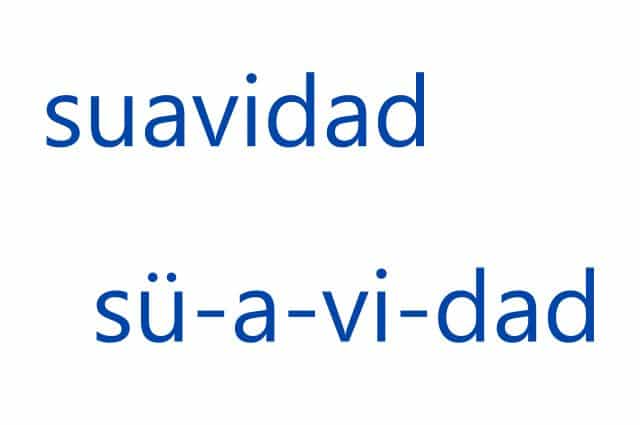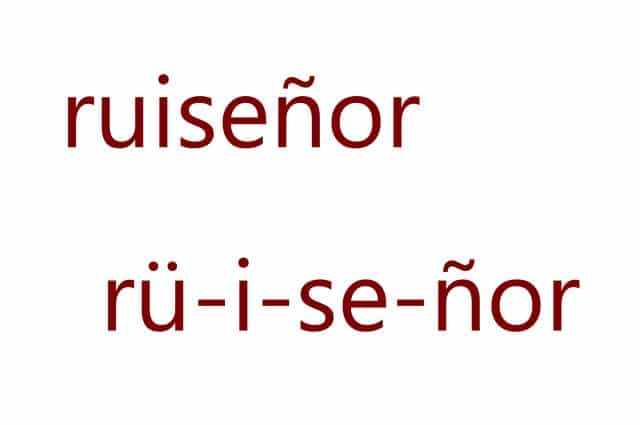
The dialepha converts the diphthong "ua" into two independent syllables.
The art focused on the characteristics that define the structure of the verses is known as meter . In this area we can find multiple techniques and resources to which poets appeal when developing their creations.
Modification tool
The dialepha , in this framework, is a sequence formed by two vowels whose pronunciation takes place in different syllables . It is a tool that introduces a modification with respect to what the grammar indicates.
It can be said that the dialepha involves separating a diphthong . In this way, instead of a single syllable, two are formed.
Usually the dialepha is specified by introducing the diacritical mark known as an umlaut . These two points are written over the weak vowel to indicate the license in question and mark that the diphthong is broken, since the vowels that form it have to be pronounced in two syllables and not in one .
The dialepha, in short, undoes the diphthong and produces the generation of two metric syllables . This particularity represents a violation of grammatical regulations, which is justified by a metric necessity.
Examples of dialefah
Take the case of the term “softness” . This acute word is divided into three syllables ( sua-vi-dad ), with a diphthong in the first of them. By appealing to the dialepha if necessary for metric reasons, this separation is altered: sü-a-vi-dad . This is how a four-syllable pronunciation takes place.
Another example of dialepha can be found in “nightingale” . The usual syllable separation is rui-señor but, with dialepha, it is done in the following way: rü-i-señor .
The diphthong
Since the dialepha exists as a tool to modify the diphthong, we should look at this last concept in depth. In short, we can say that it is a sequence of sounds that is formed by articulating two vowels in a row , with a soft and particular result that is clearly distinguished from the sound that each of them produces separately. At a phonological level, a diphthong makes the pair of letters that compose it join together into a single syllable.
The smoothness that characterizes the transition between the first and second vowel is achieved by the movement of the tongue throughout the emission of the sound. Although we use this concept every day in countless words, there are strict rules that often complicate writing. First of all, we must divide the vowels into two groups: strong ( a, e, o ) and weak ( i, u ).
That said, we can find diphthongs that combine both types of vowels, as well as others that have pairs of the same type. In the combined ones we can distinguish the decreasing ones, which begin with a strong one and end with a weak one ( landscape , pause ), from the increasing ones that have the inverse order ( land , residue ). There are also diphthongs formed by two weak vowels ( buitre , city ).

The diphthong "ui" is undone by the dial.
The hiatus
We could say that the hiatus represents the opposite concept of the diphthong, since it is a chain of two vowels that do not belong to the same syllable. Their transition is not smooth when pronounced, even if they are written together. Strong vowel pairs form the simple hiatus ( logical z oo , c ae s ). Perhaps more important in the context of the dialepha is the accentual , which breaks the diphthong with an accent on the weak vowel ( pedía , púa ).
Need and perception
Although it might be enough to know the rules of diphthong and hiatus to create dialefhas in our literary works, it is important to understand that this is not an arbitrary decision but rather a necessity that we must notice in our creations, in a genuine way. When this or another literary figure is used out of true necessity, its perception occurs spontaneously by readers, even those who do not know the grammatical or orthographic background.
